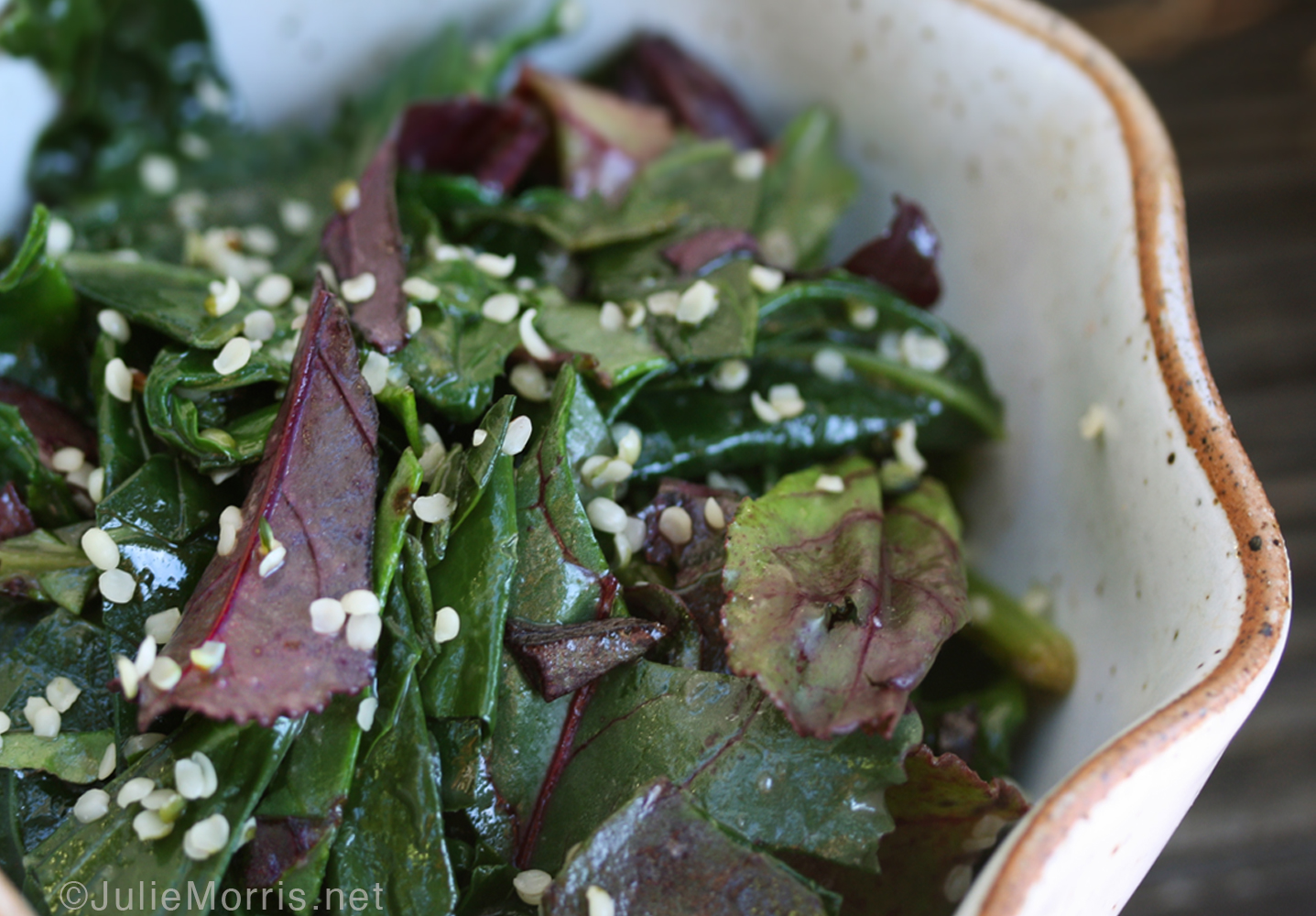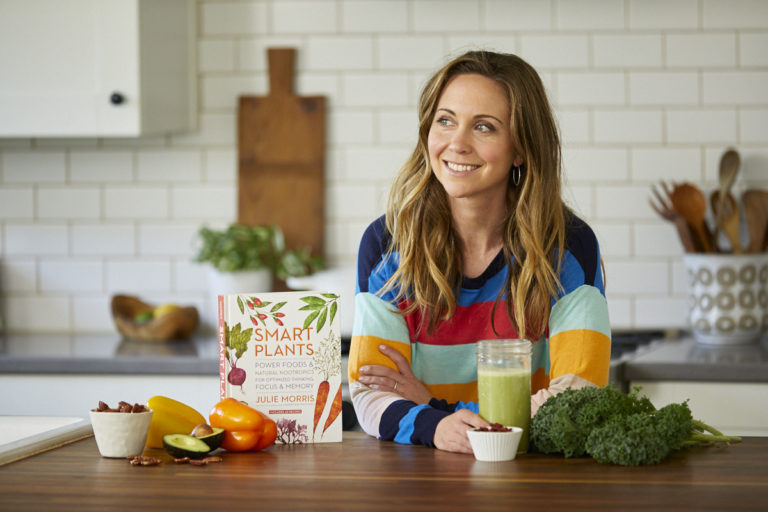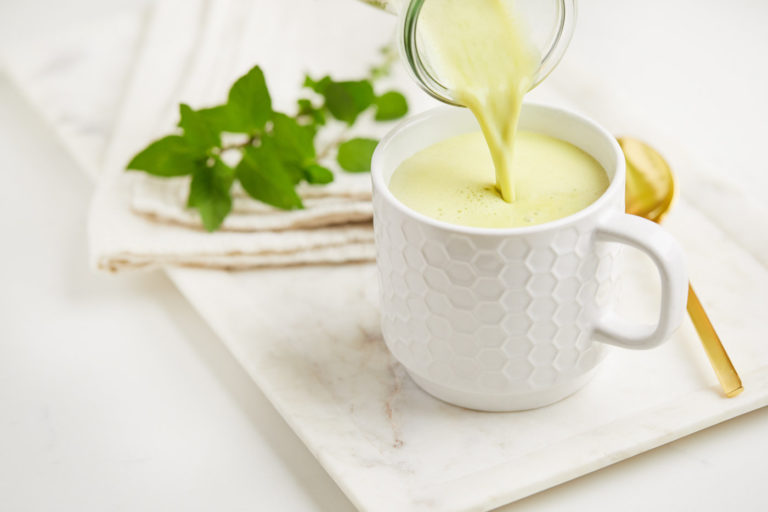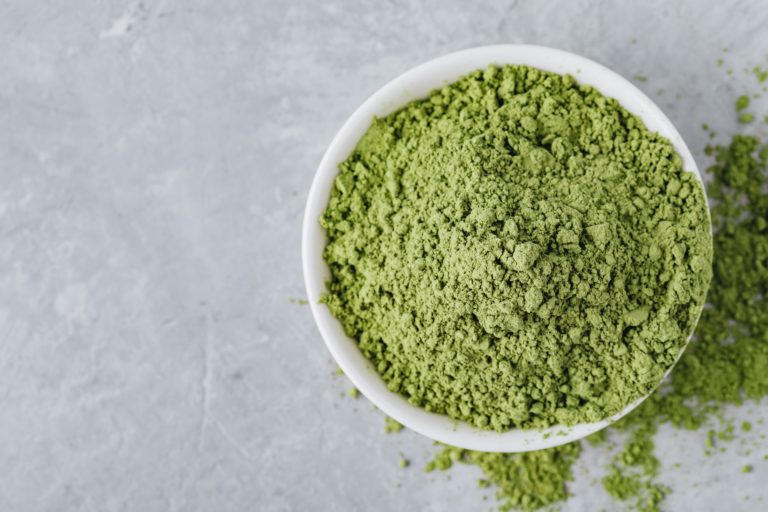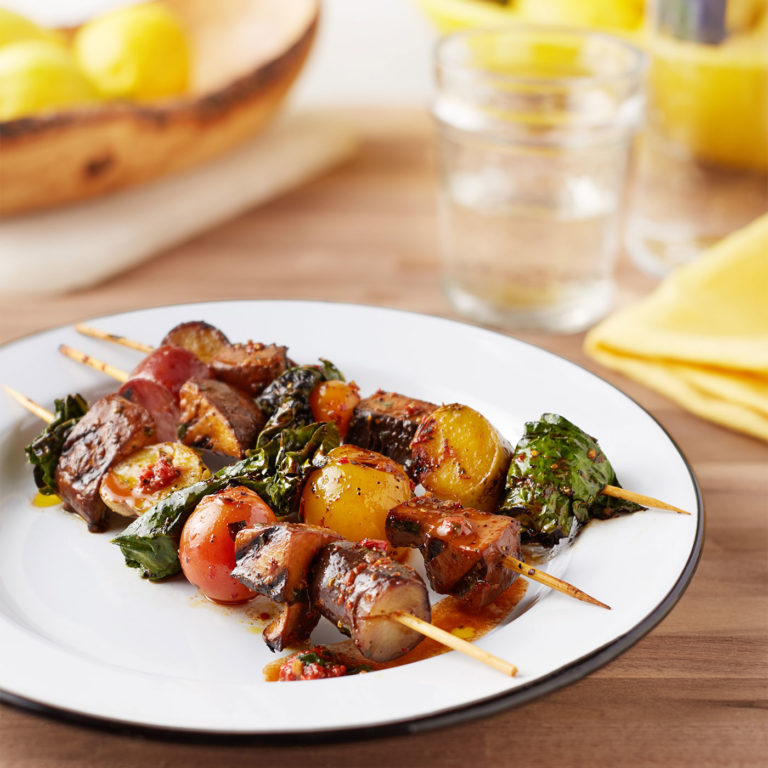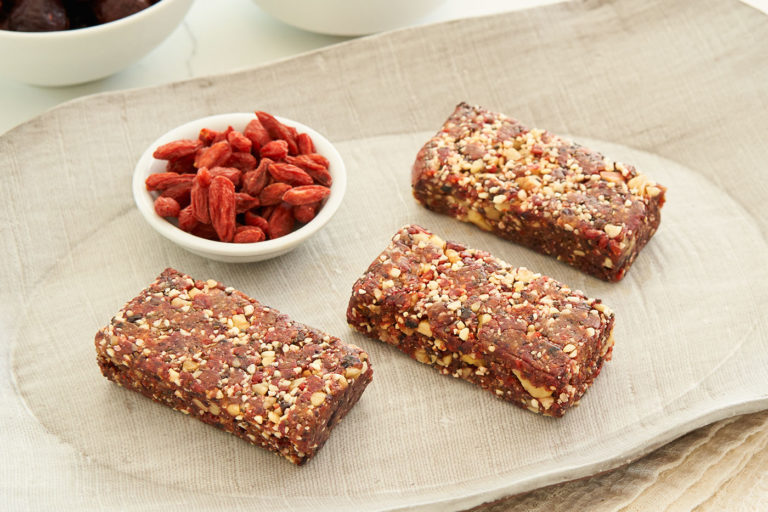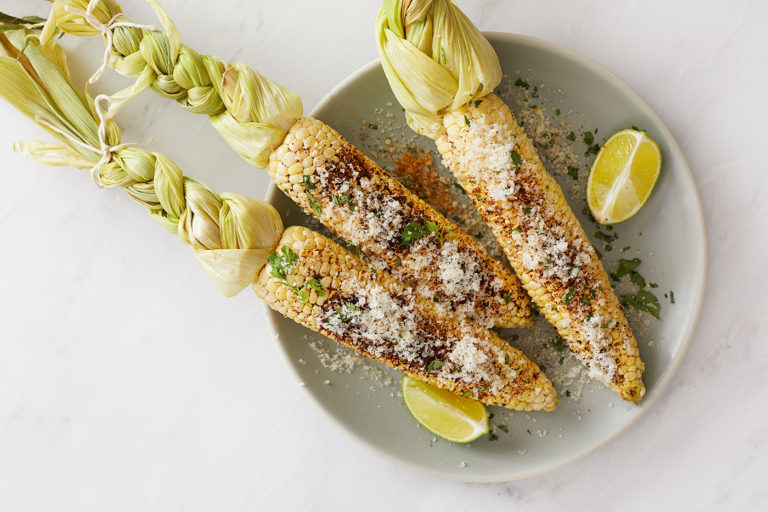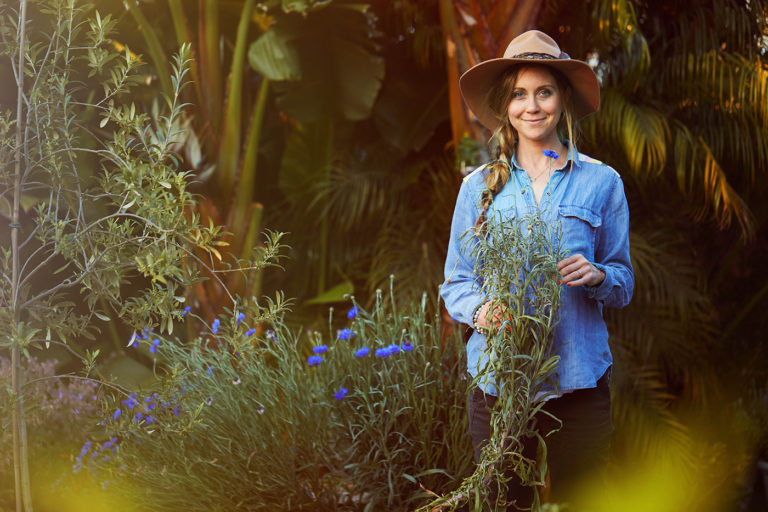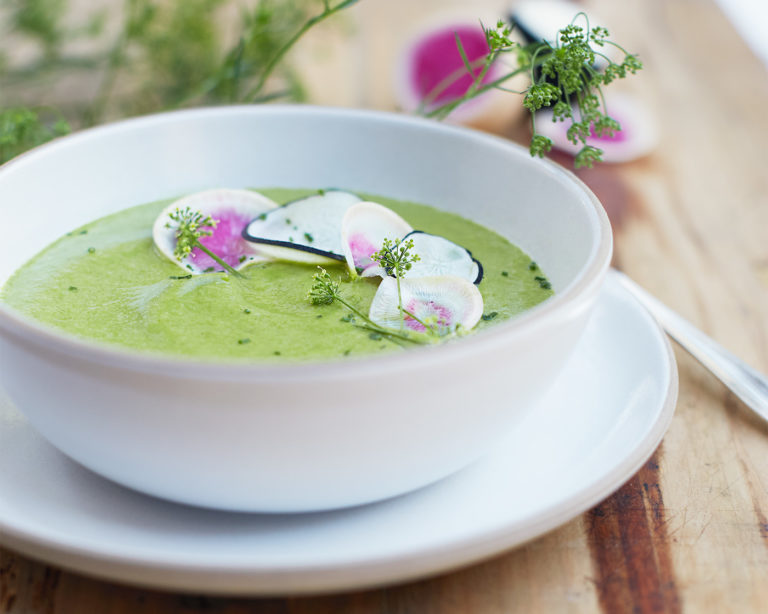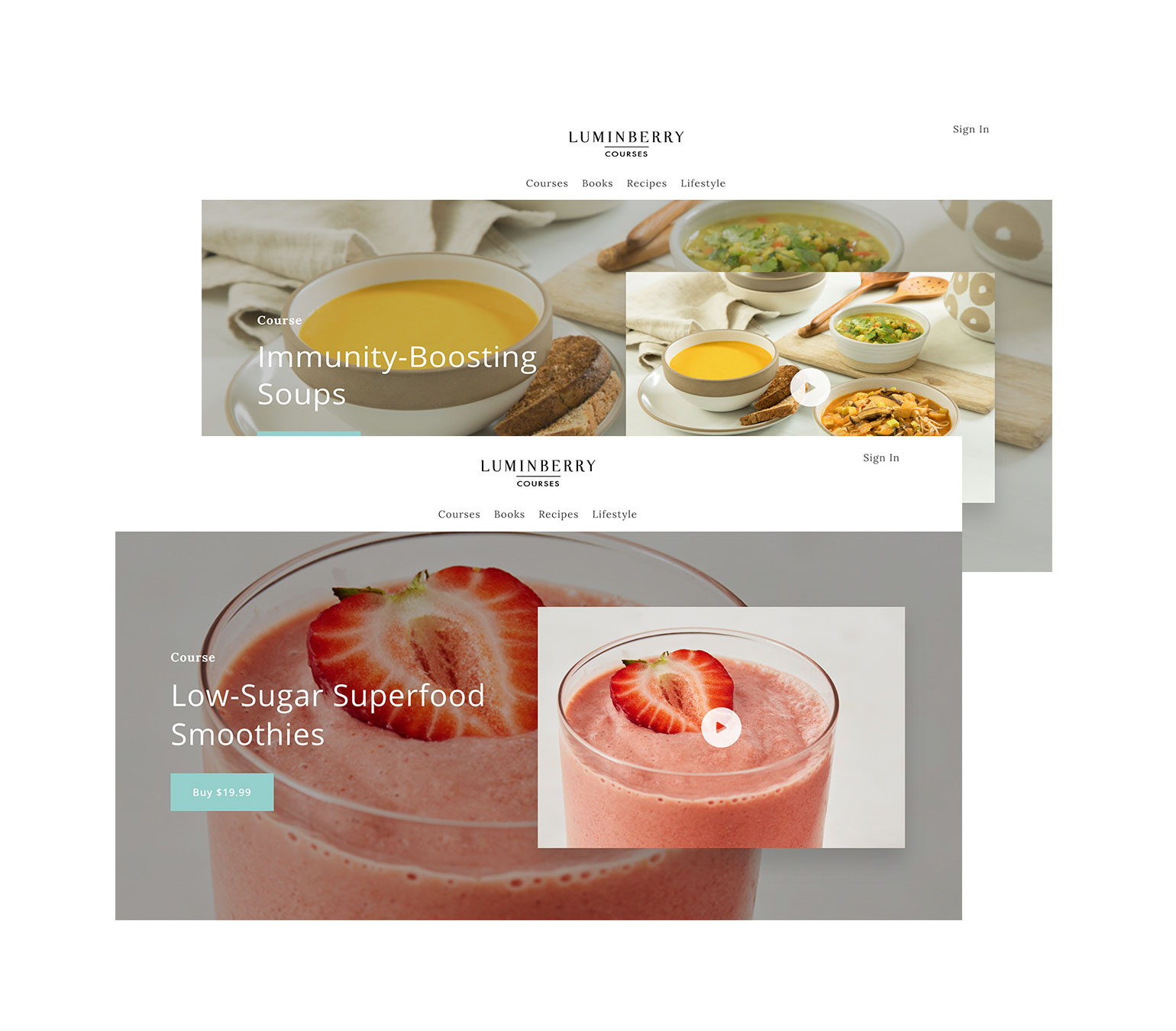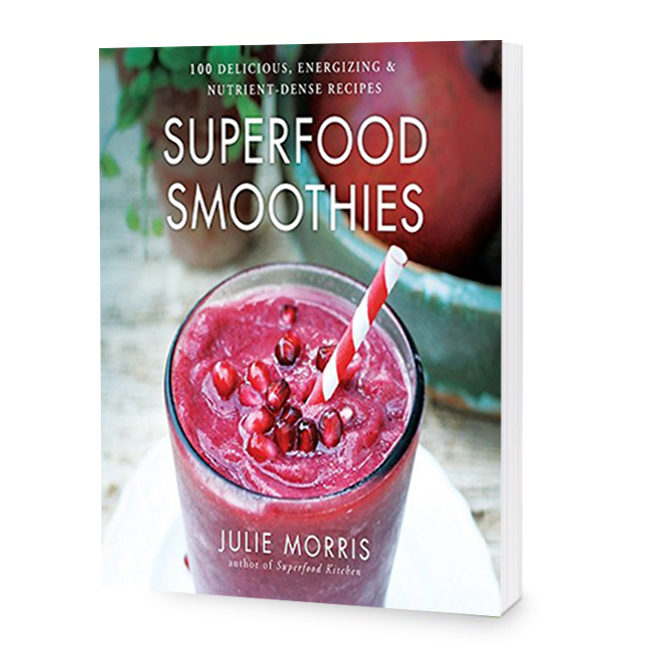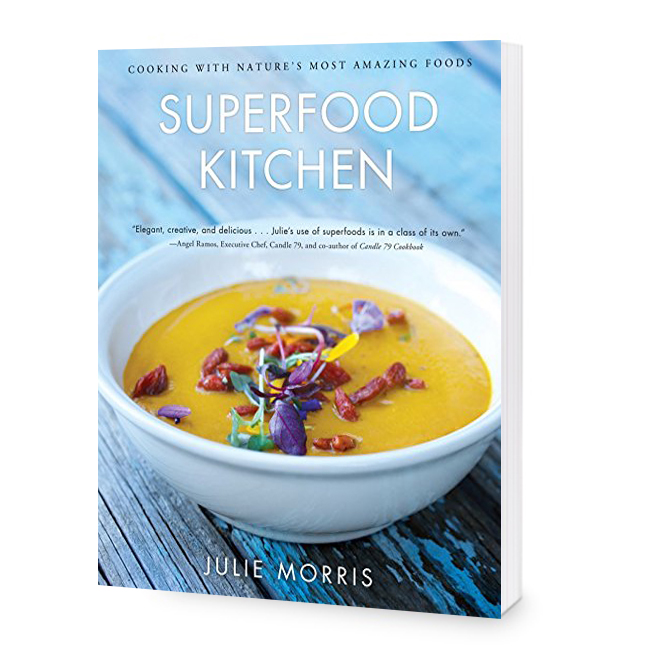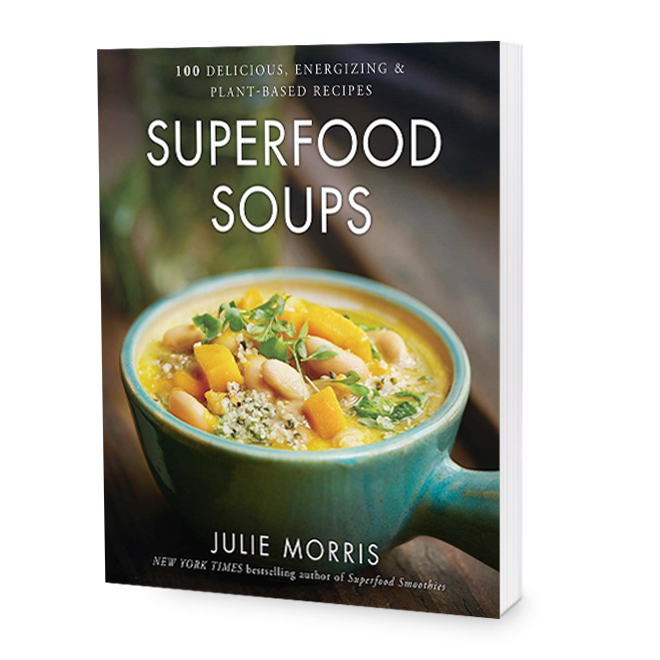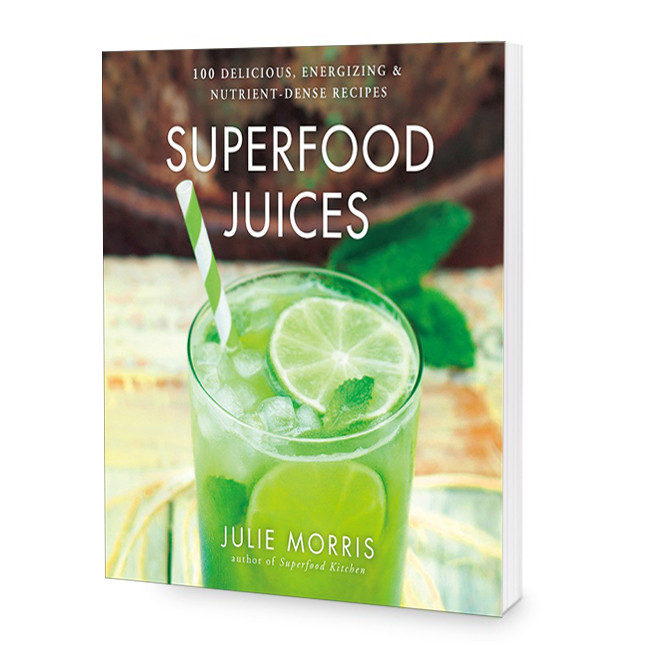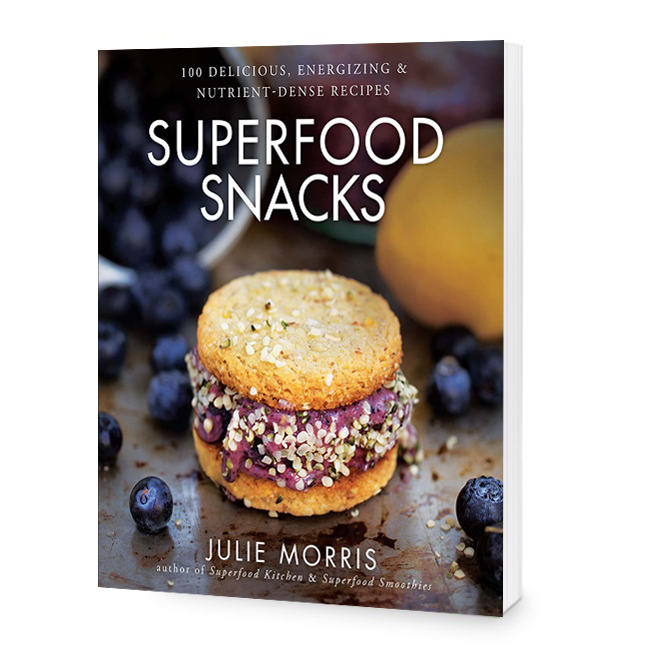Minerals are essential. They may only comprise 4% of our body weight, but they are necessary elements for all the functions in the body, in one way or another. I’ve heard medical practitioners claim that every single disease we experience can be linked back to a mineral or vitamin deficiency – that’s pretty powerful! That’s why minerals are one of the core components that we look for when determining the nutrient density of a food.
In the process of doing research for Superfood Cuisine, I came across reference after reference that sited vast mineral depletion in farm soil (a concept that I delve into more detail in the book … and also a large reason why I’m such a strong proponent of the superfood philosophy in the first place). Each study I read summarized the same thing: our produce has only a fraction of the minerals it once had. This concept is easy to understand once you look at modern farming practices, but it’s also one of those nebulous ideas that is hard to make tangible, unless you’re a scientist. That is, for me at least, until just a couple days ago.
No, I didn’t become a scientist, but this week I did have the pleasure of visiting a nearby biodynamic farm (if you’re not familiar with the practices of biodynamic farming, you can read more about them here). Biodynamic farming is pretty admirable, for although it takes some extra work, a give-take natural relationship with the soil and the environment is of the highest importance in this form of agriculture. As for the resulting biodynamic produce, my experience was that at first sight, it was clearly different. Colors seemed more vibrant. The leaves felt physically stronger. Most of the vegetables were a little smaller than store-bought, but this is usually just a sign of less empty-calorie fiber/mass (in other words, smaller/younger healthy produce is often a sign of greater nutrient density). I was astounded by the variety and abundance of edibles, coming from about just ten acres – truly incredible. But the biggest shock of all came from the greens.
“Here – have a bite of this kale,” the farm owner said to me, handing me a leaf. It’s safe to say I’ve had my fair share of kale in my life, but one bite of this kale and I knew something was different. My eyes got big as I experienced the flavor. “It’s… salty,” I said. The owner nodded as he helped himself to another leaf. He chewed slowly, and replied, simply, “Minerals.” Minerals. The salt I was tasting was minerals! Of course!
Sweat is salty because of minerals. Blood is salty because of minerals. And I was tasting kale that tasted salty because this kale was an example of what kale should taste like (and likely, what produce did taste like before we muckied up the soil environment … which is reversible to some degree, so don’t get too sad.) Ever had a salt craving? That’s your body’s red flag that it’s yearning for more minerals. Sodium chloride being one mineral of course, but also potassium, calcium, magnesium, iron, trace minerals, etc. Although adding salt undoubtedly brings out the flavor in food and makes it more delicious, it’s the salt = minerals idea that also is one of the key reasons why we instinctively love the taste of salt so much. It’s an interesting idea to think that the foods we add the most salt to, often are the ones with the least amount of minerals.
My favorite dish that I made out of this special produce was also the simplest – a delicious lightly cooked greens dish. So basic, and yet so beautiful in flavor! I could serve this dish to Wolfgang Puck and he’d ask me what my secret was. My answer? Minerals. Of course.
Simple Steamed Greens with Roasted Garlic & Hemp Seeds
Depending on the size of the produce you are using, you may want to adjust the oil/vinegar quantities accordingly. You can roast the garlic ahead of time — it’s so delicious to have on hand, I like to make several extras at a time to enjoy for future endeavors.
INGREDIENTS:
1 whole head garlic
1/2 teaspoon coconut oil
1 large bunch kale, stems discarded and leaves chopped into large pieces
1 small bunch baby beet greens, soaked in ice water for 10 minutes to remove any grit, and chopped into strips
2 tablespoons hemp oil
1 tablespoon ume plum vinegar
2 tablespoons hemp seeds
a little unsalted vegetable broth or water, if needed
DIRECTIONS
First, roast the garlic. Preheat the oven to 375 degrees F. Chop of the head (point) of the garlic – about 1/4-inch down to expose the top of the cloves. Place on a piece of aluminum foil, and spread the coconut oil on the top. Wrap up loosely with the foil, place on a small pan, and roast for 30-35 minutes, or until garlic is soft inside. Remove from the oven and let cool. Squeeze the roasted garlic out of its husks onto a small plate (discard the husks). With a small immersion blender or small food processor, blend the hemp oil, ume vinegar and roasted garlic together. If you need a little liquid to blend properly, add a bit of broth or water — a couple spoonfuls at a time — to get a smooth and creamy consistency.
Steam the kale lightly, until it turns bright green (about 5-7 minutes) – do not overcook. When the kale is ready, transfer to a bowl, and toss with the fresh beet greens immediately. Mix in the blended garlic mixture to taste, and sprinkle with hemp seeds.
Serves 2-4
Here’s a list of some biodynamic farms across the US. They’re worth seeking out.

